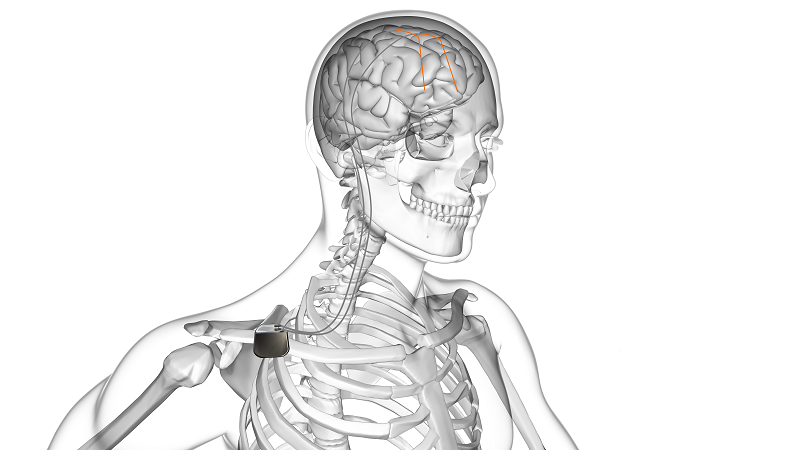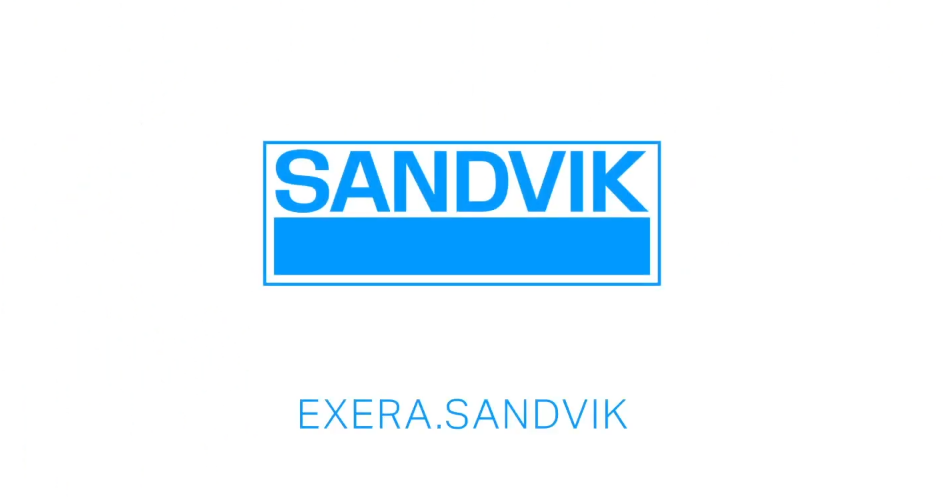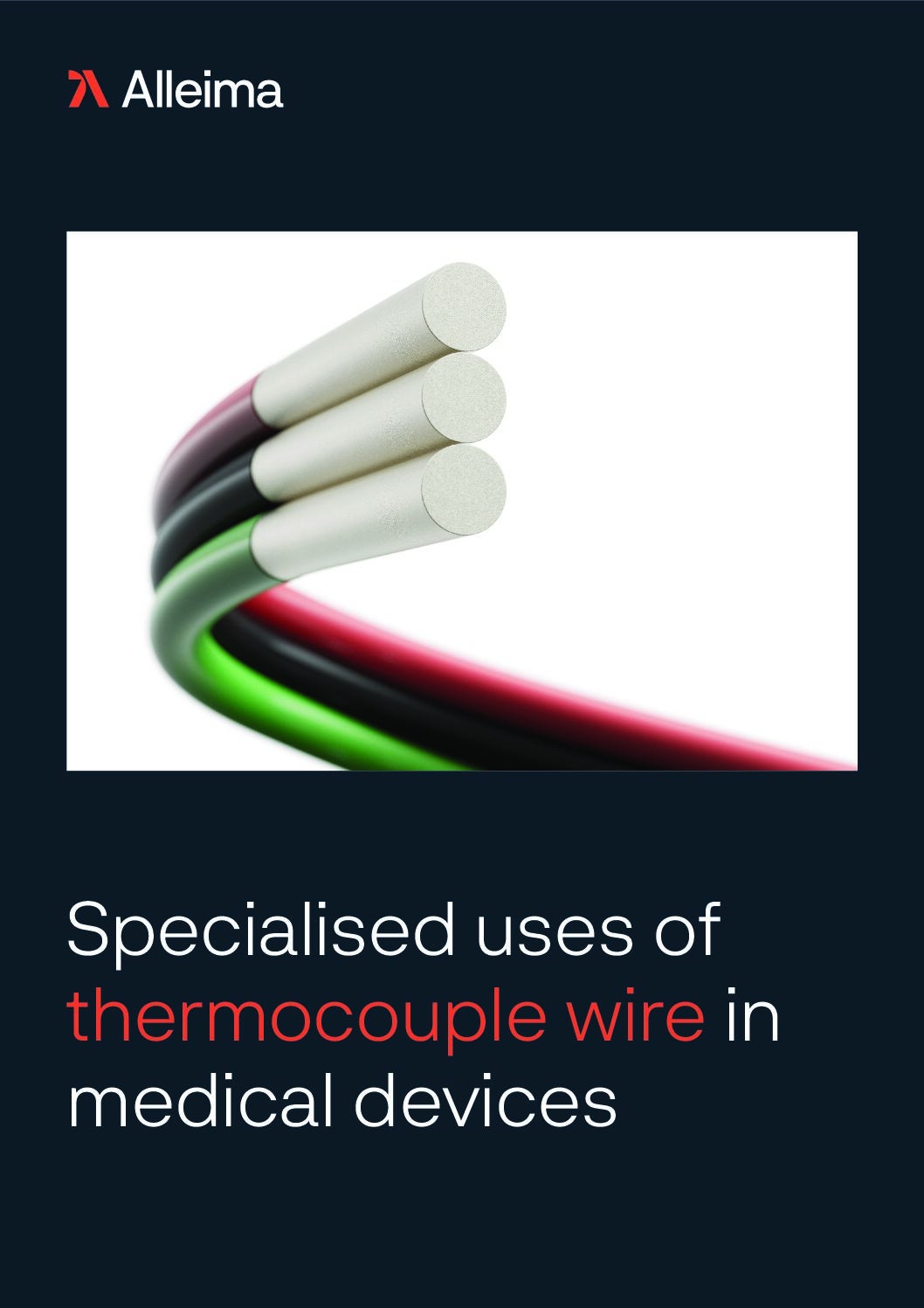
When it comes to electric stimulation for therapeutic devices, two crucial qualities are needed from medical wire: conductivity and durability. Achieving the right configurations for a medical device can be tricky, and involves expertise in metallurgy, process development, and coatings, so many manufacturers outsource the development of these wire components.
Sandvik works closely with its customers to design and manufacture its EXERA® custom medical wire. As experts in this field, Sandvik can ensure that its customers get the most out of their design with components perfectly calibrated for the application, including devices used for electric stimulation.
According to Gary Davies, manager at Sandvik Materials Technology’s business unit for medical wire manufacturing: “There are typically multiple wires used in a small space for stimulation. These wires usually have a dielectric coating, so they do not shorten each other and disrupt the signal that is being sent to the nerve. This has to be done in a precise and reliable way as we don’t introduce stimulation that will not have the desired effect.
“It is important that we use PTFE or other biocompatible coatings. Due to the restricted space, they have to be very thin, but they also have to be very robust and non-toxic.”
Notable applications of medical wires in this field are neurostimulators for the treatment of conditions such as epilepsy, dystonia, and obsessive-compulsive disorder. Similar to a pacemaker, stimulation is controlled by a device that is implanted under the skin near the upper chest. The medical wire connects the device to electrodes that are placed in the brain, acting as the stimulator.
In spinal cord therapy, the wire sends out electrical pulses along the spinal cord, which is responsible for determining pain signals. This means that chronic pain sufferers can control and disrupt these signals before they reach the brain and will not need to be reliant on morphine-type medications.
Epilepsy is a common condition that can affect individuals at any age, but it usually starts in early childhood or in those over 60. Common symptoms of the condition are seizures or bursts of electrical activity in the brain that affect how it works. Vagus nerve stimulation can reduce or prevent seizures by sending mild pulses of electrical energy to the brain through the vagus nerve. The procedure for this implant is minimally invasive, and only requires two tiny incisions. The first one is made on the upper left side of the chest where the pulse generator is implanted, and the second is made horizontally on the left side of the lower neck. This is where the small, flexible wires that connect the pulse generator to the vagus nerve are inserted.
For other motion disorders, deep brain stimulation can help people to regain control of their bodies. This treatment involves a medical device called an implantable pulse generator, which delivers electrical stimulation to electrodes implanted in specific areas of the brain that control movement to block abnormal nerve signals that cause symptoms. The DBS system is comprised of electrodes that are inserted through a small opening in the skull and the impulse generator, which are connected by ultra-fine insulated conductive wires.
For more information about the materials and coatings that Sandvik offers, download the whitepaper below, or contact the company through their website for a consultation on the best configuration for your medical wire project.



